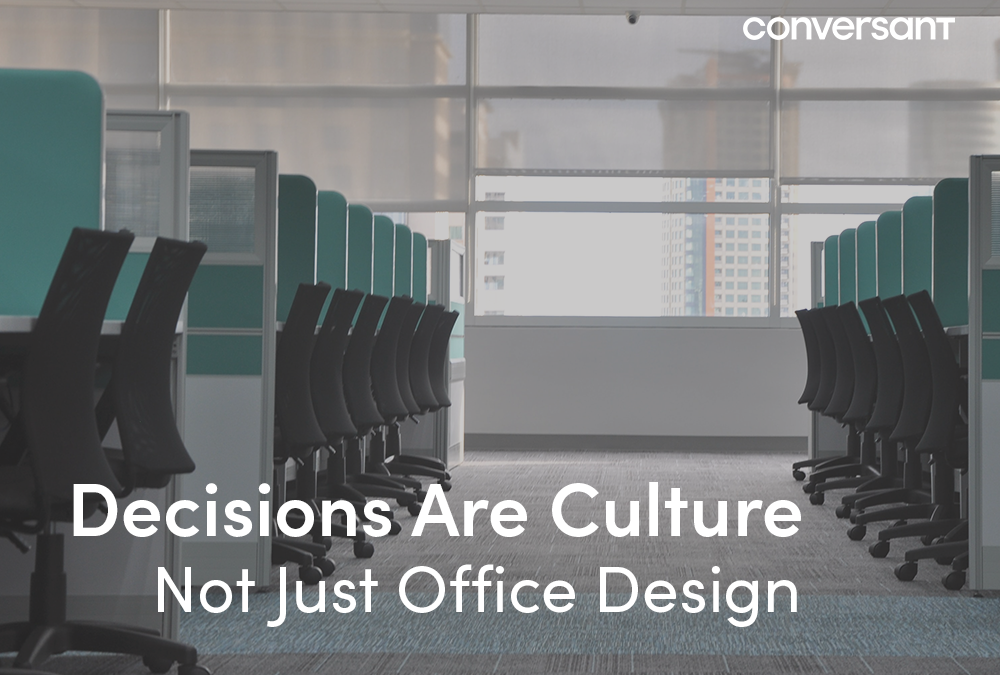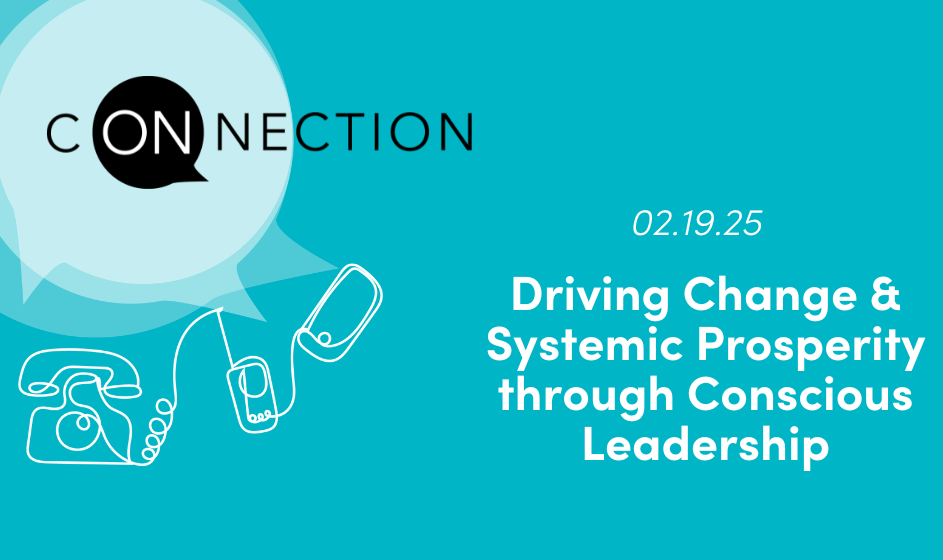This blog was co-authored by Patrick Kennedy & Robin Anselmi
As our relationship to offices and space has evolved, we need to become more intentional about how we shape and inhabit culture.
Did you know the initial design of the cubicle received world-wide praise at design competitions? It was designed by Robert Propst and called the “Action Office II”. In CUBED: A Secret History of the Workplace, author Nikil Saval illustrates the first design: groups of four desks with low walls at 120-degree angles. Working professionals loved it. Prestigious design firms lauded it. Executives decided to change the idea in implementation, straightening the walls to 90 degrees and thus creating the boxy cubicle that we know and dread today.
It’s easy to blame the cubicle for woes in company cultures. But what if that’s not the whole story? The decision to utilize cubicles could be made for any number of reasons from cost-saving to boundary-enforcing, and beyond. It isn’t the 90-degree angles that we dread. It is the implicit culture we are ascribing to the organization (correctly, or not).
While space and office design can clearly influence culture, it isn’t a 1:1 correlation. Let’s look at a trend in the 2010’s: ping pong tables in breakrooms. Putting a ping pong table in a breakroom signified that the company was fun, lively, and collaborative. That’s a lot of power to imbue in table tennis! Looking back, we can see that there wasn’t a one-to-one relationship between the addition of a ping pong table and significantly improved office culture.
While a respectable attempt to create a fun, lively, and collaborative culture, how often was it supported by spending dedicated time building and socializing a culture that held those values?
Take this one step further: the open-office plan. This was another well-meaning attempt to promote collaborative culture. What happened? Face-to-face interactions fell by 70% and electronic communication increased. Yet companies keep introducing open-office designs. Why?
Decisions Are Culture
At Conversant, we’ve found that decisions are culture. Let’s look back at the ping pong table example. A decision was made to purchase one… but why? What drove that decision? Fun? Movement? Teamwork? Healthy competition? Any of those motivations have a valid place in an organization. The ping pong table could be a great method for creating a particular feeling in an organization. But is there a clear understanding of the purpose, or the intended outcome? Is there a commitment to understand over time the real impact of that decision?
Now look at the open office concept. The original intention, like the ping pong table, was to create a collaborative environment. Unlike the ping pong table, the open office concept ended up promoting non-face-to-face interactions much more than face-to-face. There are plenty of studies that offer explanations for why this was the result, but the insight that really matters? Our decisions do not exist in a vacuum untethered from the real-life impacts they have. If decisions are the culture of an organization, and those decisions are disconnected from their impact, what does this say about the organization’s culture? A ping pong table isn’t a fast track to an award-winning culture. Leaders and organizations must care far beyond a single decision to achieve a desired outcome.
Today, this conversation is even more vital as people are not in shared physical spaces together. As we’ve shifted to remote and hybrid work within a mix of digital and physical architecture, many organizations tell us that they’re struggling to maintain (or establish) culture. In so many organizations, we relied on shared physical space, happy hours, and tangible “work perks” rather than practicing the actual work of developing a culture that keeps people connected to one another, accountable for shared values, and committed to a shared purpose.
It was simple and convenient—the cubicles, the ping pong tables, and the open office plan. Even the posters featuring company values were thought to be sufficient means to convey culture. It was easy to assume everyone would “get it” through osmosis.
Leadership’s decision to buy a ping pong table is one signal of culture. But the choice to not invest the time it would take to authentically align people around a shared mission, vision, and set of values is a big signal, too.
Now that our relationship to offices and space has evolved, we need to become much more intentional about how we shape and inhabit culture. Decision making is the most visible demonstration of current culture and the leverage point for building the culture we aspire to. What are we communicating through our choices? Where are we deciding to prioritize time, money, and talent? Our decisions show everyone what matters to us. They’re an indication of what we value. If our decisions aren’t resonating with our stated values, people will begin to doubt the authenticity of our commitments—and that becomes your culture.
There is a design to decision-making that creates, shapes, and reinforces the culture we want. While it is tempting to blame the cubicle, or think table tennis is a cure-all, we must look deeper to understand where culture lives: in the decisions we make moment by moment, big and small. Give the decisions you make, and their impact, the reverence they deserve, and you may be surprised at the results you see.
Learn more about Conversant’s point of view on Decision Making Design here, or send us a note.




